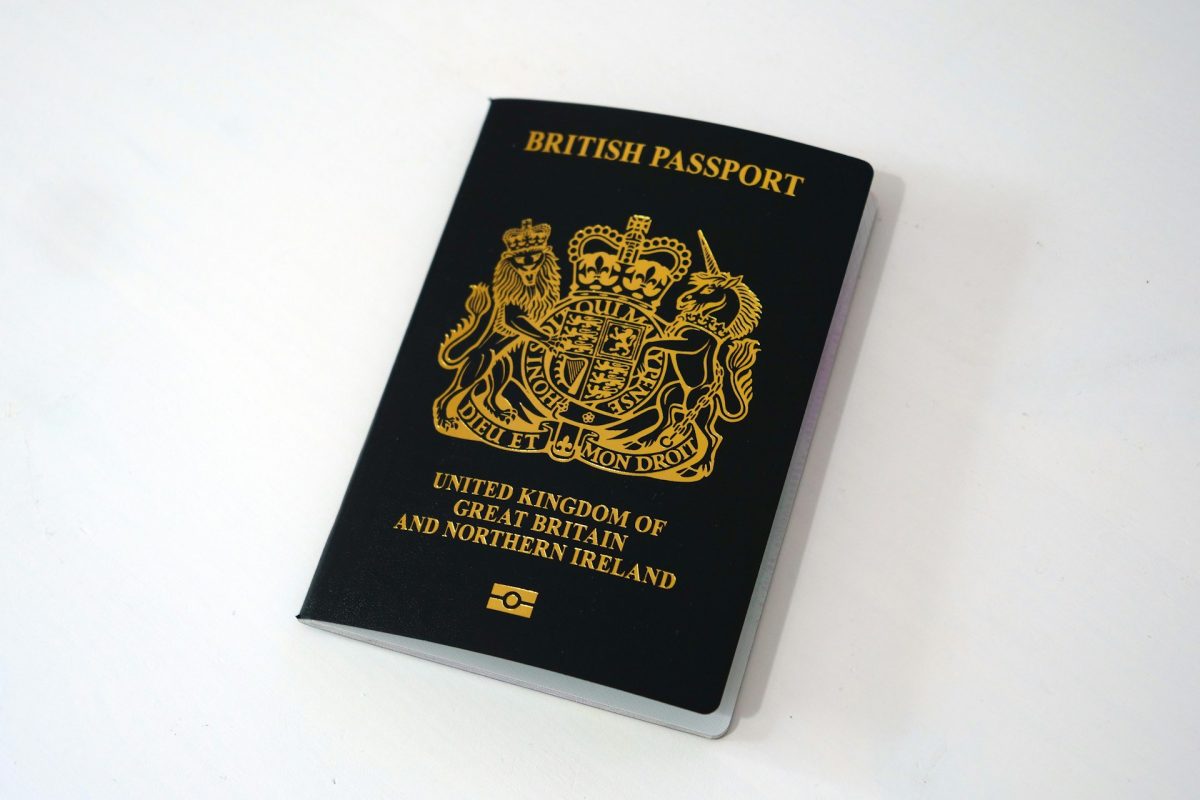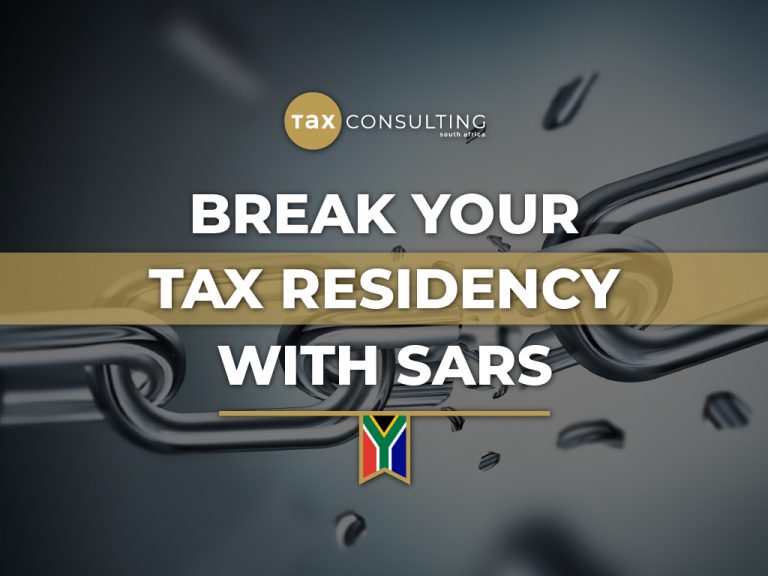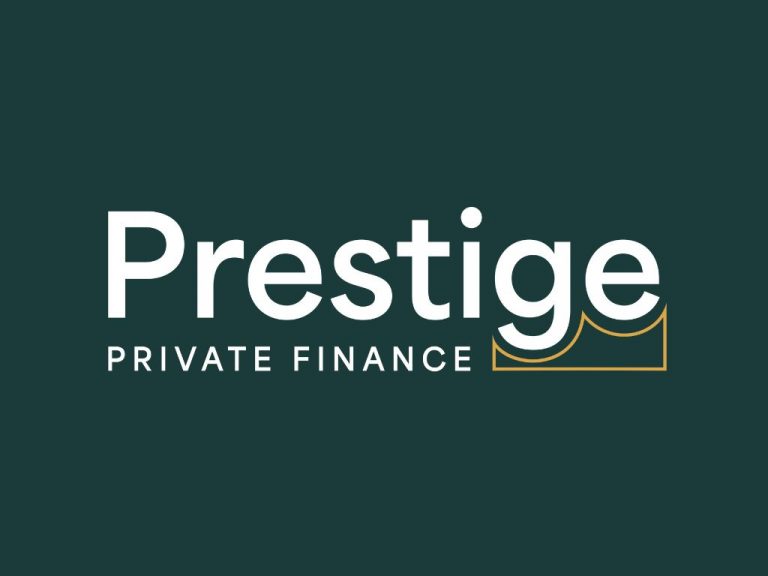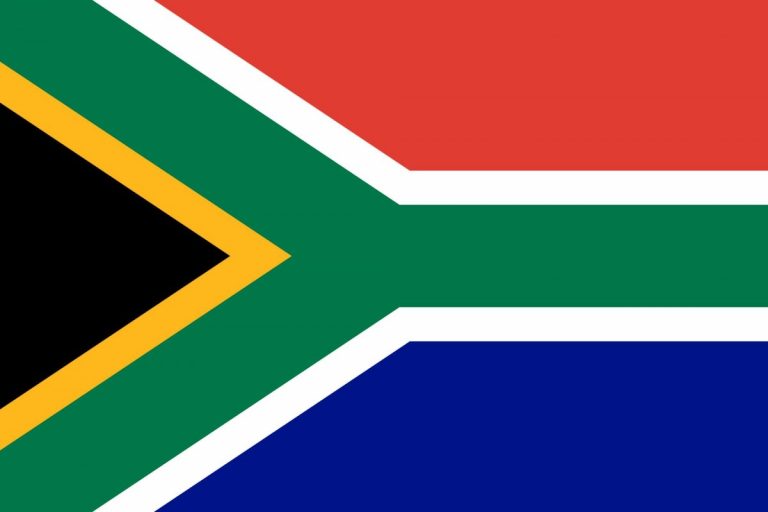
A British passport is a travel document issued by the United Kingdom or other British dependencies and territories to individuals holding any form of British nationality. It grants the bearer international passage in accordance with visa requirements and serves as proof of citizenship.
You can apply for a British passport if you have British nationality. But there are some circumstances where your application can be refused or your existing passport can be retained.
What are the benefits of having British passport?
- The right to live in the UK – your status will be permanently settled
- The right to hold a British passport
- Full civic rights – this includes the right to vote in elections and the right to stand for public office
- Free NHS medical care
- The right to work in the UK

Getting a passport if you’re outside the UK
- Overseas British passport applications
- Apply for or renew a British passport if you’re visiting the UK
Getting a British passport within the UK
- Apply online for a UK passport
- Get a passport urgently
- Getting your first adult passport
- Renew or replace your adult passport
- Get a passport for your child
- Change your name or personal details on your passport
Lost and stolen passports
- Cancel a lost or stolen passport
- Get an emergency travel document
Passport rules
- Get a passport photo
- Countersigning passport applications and photos
- Confirm someone’s identity online for a passport application
- British passport eligibility
- Stop someone getting a passport
Passport fees
- Adult (16 and over) standard 34-page passport
- Adult (16 and over) 50-page frequent traveller passport
- Child (under 16) standard 34-page passport
- Child (under 16) 50-page frequent traveller passport
- Passport for people born on or before 2 September 1929
- You’ll pay a different fee if you apply for a passport from another country
- If you need to get a passport urgently, it costs more.
- How to pay
- Fees for returning supporting documents
- If you were born on or before 2 September 1929
A history of the UK passport
- 1414 – The earliest recorded British passport can be traced back to documents known as safe conducts. These appeared in an Act of Parliament under the reign of Henry V.
- 1540 – The Privy Council, which advises the monarch, granted passports from at least 1540.
- 1641 – The oldest passport still in existence was issued on 18 June 1641 and signed by Charles I.
- 1778 – Until 1778 passports were written in English and Latin. After this date, they were issued in French which was the language of diplomacy at the time.
- 1794 – All passports began to be issued by the Principal Secretary of State for Foreign Affairs, who we would now call the Foreign Secretary. Previously all passports would have been issued and signed by the King and Queen.
- 1915 – The first modern-style British passports, including a photograph and signature were first issued. They were made of a single piece of paper that folded out and sat between cardboard covers.
- 1921 – The first blue passport in the format of a book was issued in 1921, it had 32 pages and was written in French.
- 1947 – The final passports issued bearing the signature of the Foreign Secretary were issued.
- 1968 – UK passports began to be issued with validity for ten years, double the previous validity.
- 1972 – The first security feature was introduced to the passport – a special watermark. Laminated photographs would follow in 1975 and further security features in the 1980s.
- 1988 – The first burgundy coloured machine-readable passports were issued in the UK following the common format introduced by the European Economic Community.
- 1998 – The first digital UK passport was introduced which included a digital image of the photograph and signature.
- 2006 – The first biometric passports were issued with an electronic chip featuring the holder’s data.
- 2008 – The first e-Passport gates were introduced in the UK. There are now around 240 ePassport Gates operational, covering 21 air and rail terminals, helping to speed up arrivals and improve border security.
- 2016 – The passport renewal process went entirely online for those aged 26 and over.
- 2019 – The new blue passport will be phased in from October 2019, in line with the new passport contract.
- 2023 – For the first time since 1952, passports are issued under the title “His Majesty”, in the name of King Charles III.

















